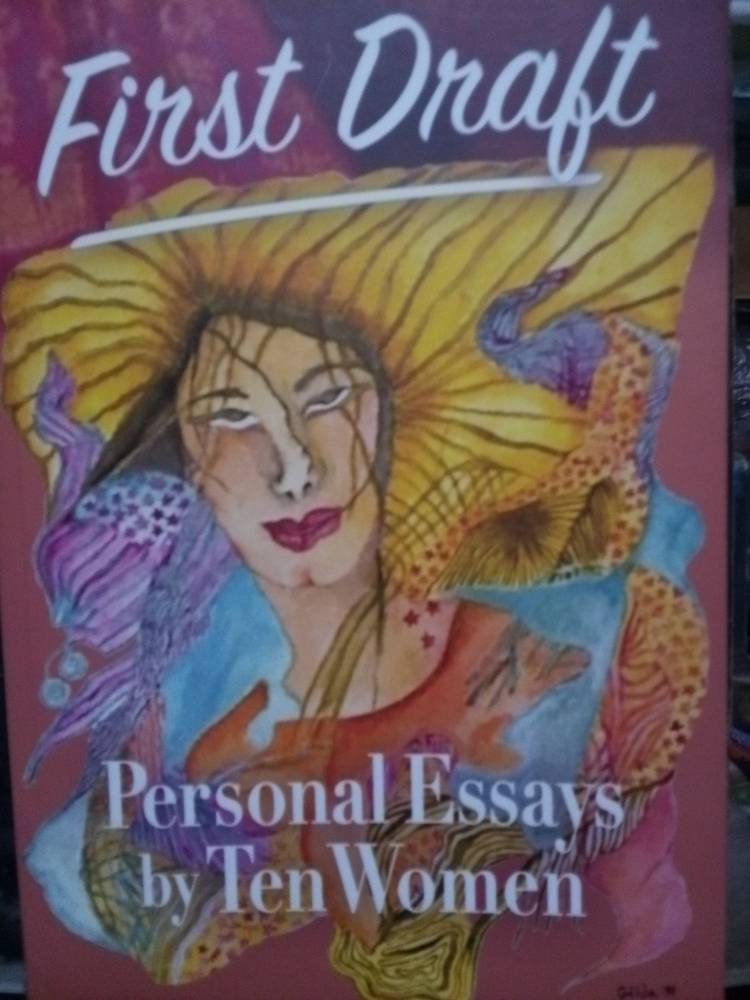
“First Draft: Personal Essays by Ten Women,” edited by Lorna Kalaw-Tirol (Tahanan Books, 2023), is a tribute to the late writer Gilda Cordero-Fernando, much loved for her bubbly, effervescent nature, cheerfulness, wit and good humor, traits which, in the opinion of many, kept her forever young. She was always surrounded by a coterie of admirers, women as well as men, but it was always the women who seemed to flock around her, in the same way it was always the males (drinkers) who seemed to flock around National Artist for Literature Nick Joaquin.
Among her many projects and activities, Cordero-Fernando organized a group of nine close writer friends who happened to be women. I hesitate to use the phrase “women writers” because my aunt, the late Carmen Guerrero Nakpil, would not have approved. I can imagine her saying archly, “You don’t say ‘men writers,’ do you?” The group was called the titular First Draft. This book is the result of those 10 years of “Ladies’ Lunches,” with discussions and critique-ing of one another’s writings plus, no doubt, gossip, jokes and witticisms. The nine writers are Fe Maria C. Arriola, Karina Africa Bolasco, Mariel N. Francisco, Melinda Quintos-de Jesus, Rita Ledesma, Elizabeth Lolarga, Edna Zapanta-Manlapaz, Chit Roces-Santos and Lorna Kalaw-Tirol.
Each writer has a piece on Cordero-Fernando (with a photo of the two of them) in her collection of essays. They write about their marriages, children, friends, relationships, events in their life, grief, growing old, insights life has given them and the reality of death. There are four to 12 essays for each writer.
Her own person
Among other things, Arriola writes about “resigning from motherhood,” because she can now truly be her own person and be a best friend to her daughters. Arriola seemes to write in an agitated (agitato) style sometimes, but Bolasco is more serene (largo, diminuendo). A true Scholastican, she remains a believer, albeit in an intelligent and sophisticated manner. Francisco writes about the unexpected rewards of aging and an “initiation process” in three stages: Step one is learning to live with one’s adult children. The second stage is letting go of your children and giving them away to strangers (in matrimony). The final stage is “Divine Surrender,” the shedding of bad habits and hang-ups, ”as we listen with awe and wonder to our children’s superior knowledge.”
Quintos-de Jesus has a timely essay on the coming of the New Year. Although she is talking about 2010, she could very well be referring to 2024. She writes about the poetics of time passing, with endings being beginnings and death a transition to another kind of life. In “A Time in Silay,” (the late) Ledesma recalled growing up with her paternal grandparents in an unidentified Visayan city, most likely Bacolod. Here, she became friendly with a Japanese man, a Mr. Kawamura, who had a daughter her age (5) in Japan during the Occupation. One day Ledesma saw Kawamura, who pointedly ignored her, arguing heatedly with Japanese soldiers. She told her family about this, and the poor girl was punished for consorting with the enemy. Frightened, the family, along with some neighbors, including nuns, fled to the safety of Silay. Years later, Ledesma would sometimes wonder about Kawamura. Strangely, Lolarga did not include the essay she wrote when she went UG during the 1980s, published by Ester Dipasupil in Malaya magazine. Instead, she writes about family, married life, health issues, things important to her and the writer’s life.
Walking meditation
Zapanta-Manlapaz describes a walking meditation through the captivating woods of upstate New York, guided by Zen monks. It is bitterly cold and they slowly make their way to the warmth of the monastery’s refectory. And the author experiences another kind of warmth when she helps a perplexed Korean nun fill the latter’s cup with steaming-hot coffee. Roces-Santos writes about her women friends who are widows. A common refrain seems to be that their husbands cheated. Yet there were those husbands who were “heaven-sent.” One 88-year-old friend or relative informs her a widow’s heart never really heals, “but you can live with it.”
Kalaw-Tirol tells of a frightening time when she was home alone (husband Vic, out of town), and Supertyphoon “Ondoy” struck with all its might. Her son Jo-Ed called to say that his car was floating in the garage, the entire ground floor was flooded and the neighbors were on their rooftops. There was no power, all lines were down and she prayed like never before. After two agonizing days, she learned that Jo-Ed and his family had survived the flood and were safe in Loyola Heights, Quezon City: “I didn’t have to know the details; it was enough for me that we had been blessed with a miracle.”
There is a lot of womanly wisdom in this book, which is a kind of handbook on older women experiencing a coming of age—for the second time. — CONTRIBUTED













































